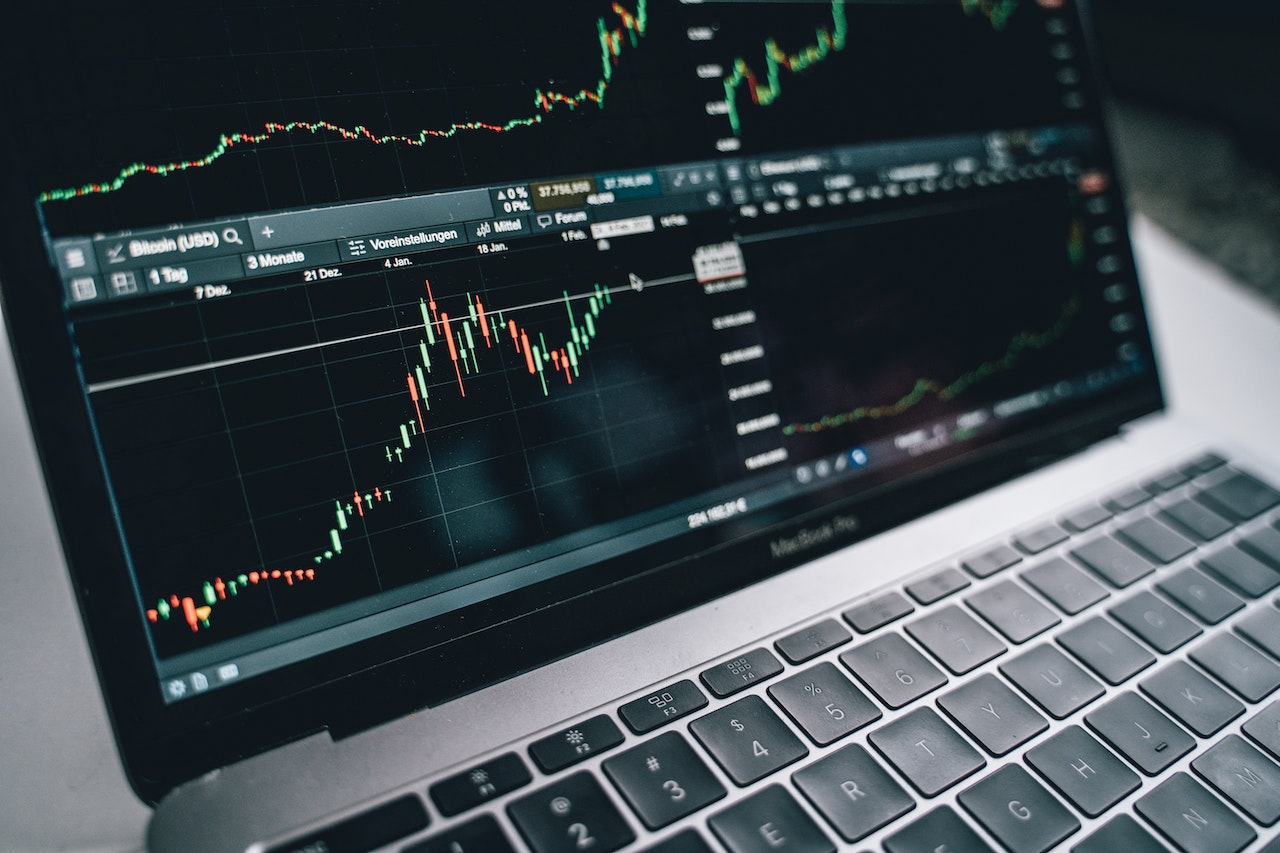
How to Invest in Forex Without Trading: A Beginner’s Process
How to Invest in Forex Without Trading
Are you a beginner interested in investing in Forex without actually trading? If so, you’ve come to the right place! In this article, I’ll walk you through a beginner’s process for investing in Forex without getting involved in actual trading. It’s an alternative approach that allows you to participate in the forex market without having to make trades yourself.
Investing in Forex without trading may seem contradictory at first, but it’s actually possible through various investment vehicles such as managed accounts, exchange-traded funds (ETFs), and mutual funds. These options enable individuals to invest their money with professional fund managers who actively trade currencies on their behalf.
Understanding Forex Trading Basics
When it comes to investing in Forex without trading, it’s essential to have a solid understanding of the basics. By familiarizing yourself with these key concepts, you’ll be better equipped to navigate the world of Forex and make informed investment decisions. So, let’s dive into the fundamental principles that underpin this exciting market.
- What is Forex Trading? Forex, short for foreign exchange, refers to the global marketplace where currencies are bought and sold. It operates 24 hours a day, five days a week, making it one of the most accessible and liquid markets in the world. In Forex trading, investors aim to profit from fluctuations in currency exchange rates by buying low and selling high.
- Currency Pairs In Forex trading, currencies are traded in pairs because you’re always exchanging one currency for another. The most commonly traded pairs include EUR/USD (Euro/US Dollar), GBP/USD (British Pound/US Dollar), USD/JPY (US Dollar/Japanese Yen), and USD/CHF (US Dollar/Swiss Franc). Understanding how currency pairs work is crucial as it allows you to analyze their performance and predict future movements.
- Market Participants Several players participate in the Forex market on a daily basis. These include central banks, commercial banks, corporations, hedge funds, retail traders like yourself, and more. Each participant has different motivations and impacts price movements differently.
- Fundamental Analysis vs Technical Analysis To make informed investment decisions in Forex without actively trading, you’ll need to understand both fundamental analysis and technical analysis. Fundamental analysis involves studying economic indicators such as GDP growth rates, interest rates, employment data, geopolitical events – all factors that can influence currency values over time. Technical analysis focuses on analyzing historical price data using charts and indicators to identify patterns or trends that may indicate future price movements.
- Risk Management Investing always carries risks, and Forex is no exception. Managing risk is crucial to protect your capital and avoid significant losses. Strategies such as setting stop-loss orders, diversifying your portfolio, and not investing more than you can afford to lose are important principles to follow.
By grasping these fundamental concepts of Forex trading, you’ll be well on your way to understanding how to invest in Forex without actively trading. Remember, education and research are key to success in this dynamic market. So keep learning, stay informed, and develop a solid investment strategy that aligns with your financial goals.

Exploring Non-Trading Investment Opportunities
When it comes to investing in Forex, many people think that trading is the only way to get involved. However, there are actually several non-trading investment opportunities available for beginners who want to dip their toes into the world of Forex without actively trading. Let’s take a closer look at some of these options:
- Forex Managed Accounts: One option for those looking to invest in Forex without trading themselves is to consider a managed account. With a managed account, investors can hand over their funds to professional traders who will make trades on their behalf. This allows beginners to benefit from the expertise and experience of seasoned traders while still participating in the Forex market.
- Exchange-Traded Funds (ETFs): Another non-trading investment opportunity in the realm of Forex is through ETFs that focus on currency pairs or foreign currency assets. These funds aim to replicate the performance of a specific currency index or basket of currencies, providing investors with exposure to foreign exchange markets without engaging in active trading.
- Currency Futures: For those interested in more direct exposure to currency fluctuations, currency futures can be an attractive option. A currency future is a contract that obligates buyers and sellers to transact a specified amount of a particular currency at a predetermined price and date in the future. By investing in currency futures, individuals can profit from changes in exchange rates without actively trading currencies themselves.
- Foreign Currency Certificates of Deposit (CDs): Investing in foreign currency CDs can be another avenue for beginners seeking non-trading opportunities within the Forex market. These CDs function similarly to traditional certificates of deposit but are denominated in foreign currencies instead of domestic ones. By holding foreign currency CDs, investors can earn interest while also potentially benefiting from favorable exchange rate movements.
- Currency-Linked Notes: Currency-linked notes are structured products that offer returns linked to the performance of specific currencies or exchange rates. They provide investors with exposure to currency movements without the need for active trading. These notes can be an interesting option for those looking to diversify their investment portfolio and potentially profit from currency fluctuations.
It’s important to note that while these non-trading investment opportunities in Forex can offer potential benefits, they also come with risks. Investors should carefully research and evaluate each option, considering factors such as fees, liquidity, and market conditions before making any investment decisions.





